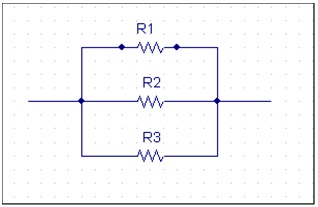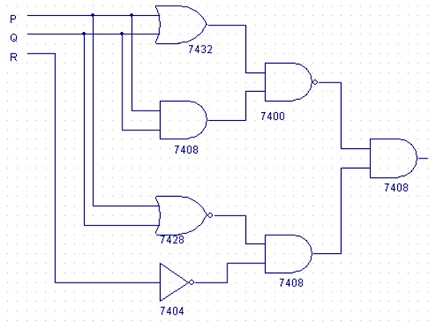Task 1
1) Use estimation techniques and error arithmetic to establish realistic outputs from experiment
Thomas Lord performed a practical experiment to investigate Ohm’s law as part of his engineering science assignment. Outputs of the investigation are shown in the table given below.

a) Compute R and P where R = V/I and P = IV for each set of results
b) Recalculate R and P to 4 s.f., 2 s.f. and 1 s.f.
c) Recalculate R and P to 4 d.p., 2 d.p. and 1 d.p.
d) Plot results of b and c using MS Excel.
e) Evaluate the results of the experiment based on your graphs.
2) When three resistors R1, R2 and R3 are connected in parallel as shown in the diagram.

For these resistors the equivalent resistance is given by:
1/R= 1/R_1 + 1/R_2 + 1/R_3
a) Derive the rule to compute the network resistance when one of the resistors has much smaller resistance than other two.
b) Derive the rule to calculate the network resistance when two of the resistors have much smaller values.
Task 2
Convert number systems from one base to another, and apply binary number system to logic circuits
3) Convert the following decimal numbers to binary
• 8110
• 24810
4) Convert the following octal numbers to binary
• 478
• 2148
5) Convert the following hexadecimal numbers tobinary
• BA316
• F3B416
6) Convert the following binary numbers to decimal numbers
• 1 1 1 0 1 1 0 1 1 0 1 1 0 1
• 1 0 0 0 1 1 0 1 1 0 1 0 1 1
7) Convert following hexadecimal numbers to octal numbers
• 3CF216
• B7F2316
8) Draw the logic circuit for Boolean expression:
(p.q+ (r ) ¯ ).(q+r)+ q ¯.(p ¯+q)
9) Find the Boolean function for logic circuit in the diagram given below.
